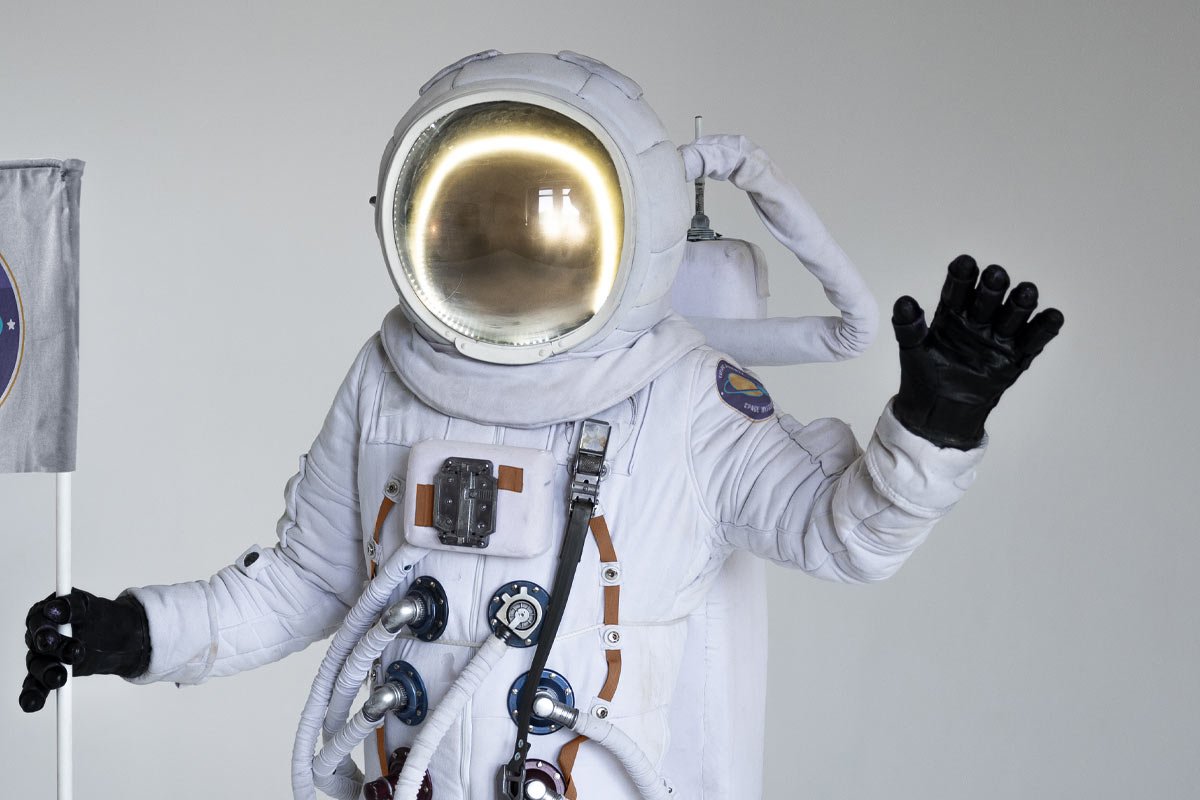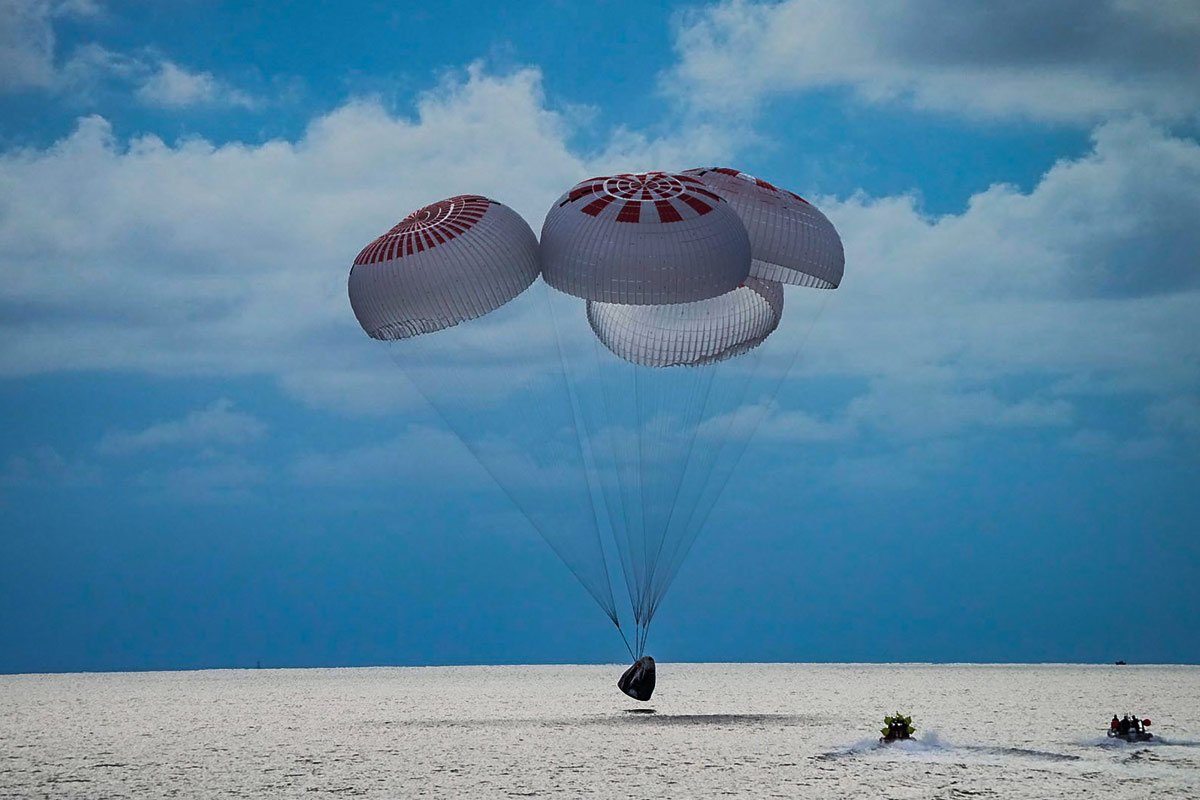Home Web & Software E-commerce SEO: How to Rank Your...
Read More- Home
- Technology
- Starliner Mission of NASA
The Purpose of NASA’s Starliner Mission

Boeing Starliner Mission of NASA in 2024 was launched as a critical step toward diversifying and strengthening the human spaceflight capabilities of the United States on space. NASA relied indeed on Russian and later SpaceX’s technologies to transport astronauts for space missions. While SpaceX proved highly successful, depending on a single commercial provider posed strategic and operational risks. The Boeing CST-100 Starliner was developed under NASA’s Commercial Crew Program as a second US-based crewed spacecraft option which was designed to introduce redundancy, boost competition, and increase launch frequency.
The mission was aimed to certify Starliner for future routine crew rotation missions, enabling a more robust and flexible access to Low-Earth orbit. Having two operational spacecraft would allow NASA to maintain uninterrupted ISS operations even if one provider faced technical setbacks. The Boeing Starliner Mission of NASA was also part of a broader vision to support the U.S. commercial spaceflight sector and reduce dependence on foreign launch systems. Boeing Starliner Mission of NASA is to provide valuable data for future missions to the Moon and Mars by helping refine life-support systems, navigation, communication, and crew safety protocols.
Additionally, the mission was seen as a test of public-private partnerships in advancing American leadership in space. The involvement of Boeing has symbolized a shared responsibility in pushing technological boundaries. In the year 2024 Starliner mission was not just a test flight, it was a necessary investment in the future of space exploration, national space security, and the continued scientific and operational presence of humans in orbit.
The Main highlights of Starliner Mission

Extended Mission Duration
Originally the Boeing Starliner Mission of NASA was scheduled for 8 days but it was extended to 287 days due to critical technical malfunctions. This inadvertently tested the endurance of the spacecraft and its adaptability for long-duration missions. The mission extension led to a new records-breaking situation in the new world of digital developments.
Helium Leak Crisis
One of the major issues in the Boeing Starliner Mission of NASA was persistent helium leakage. Helium is essential for pressurizing the propulsion system, and any leakage can compromise maneuverability and safety during the entire journey.
Thruster Malfunctions
Thrust build-up errors led to reduced control during docking maneuvers. These thrust anomalies raised serious concerns about the ability to perform critical maneuvers of spacecraft during re-entry and emergency scenarios.
Crew Resilience and System Overrides
Sunita and Butch showcased extraordinary calm and resourcefulness, manually overriding specific systems to maintain functionality and coordinate with ground control throughout the extended stay.
Support from the ISS and Ground Teams
The Boeing Starliner Mission of NASA survival was heavily supported by ISS systems and NASA’s ground teams, to provide ongoing diagnostics, updates, and protocols to ensure the crew’s safety
How can someone join a Space Mission?

Becoming a part of the space-bound astronaut is no easy feat. Candidates can undergo years of intense training, meet strict physical and psychological standards, and develop multidisciplinary skills. Firstly, astronaut candidates must typically have a background in engineering, biological science, physical science, or mathematics. At least three years of professional experience or 1,000 hours of pilot-in-command time in jet aircraft is essential to join the Space Mission. Also, physical fitness is vital.
Astronauts must pass rigorous NASA Class II spaceflight physicals, which evaluate vision, blood pressure, and overall bodily health. Mental resilience is equally important. The extended isolation, confined spaces, and high-stress scenarios in orbit demand psychological toughness, teamwork, and adaptability in the Boeing Starliner Mission of NASA. The training includes simulations in spacecraft systems, survival training in case of unplanned landings, and mastery of ISS modules.
Beyond the technical skills, astronauts are trained in emergency medical procedures, mechanical repair, and scientific experimentation. They must adapt quickly to shifting roles from pilot to engineer to scientist by maintaining peak performance. Generally, traveling to space is not merely a physical journey but it’s a comprehensive mental, emotional, and professional commitment. Astronauts like Sunita and Butch are listed as the most rigorously tested professionals on Earth.
Records of Sunita Williams and Butch Wilmore

During the Boeing Starliner Mission of NASA, both astronauts added to their impressive lists. Sunita Williams became the astronaut with the longest cumulative time in space for a woman, and her experience in conducting EVAs remains among the highest. In the Boeing Starliner Mission of NASA, Butch Wilmore added to his commanding presence as a mission commander with leadership over the longest Boeing Starliner mission in history. The total days of this Boeing Starliner Mission of NASA came to an end in a longer period of 287-day which is the longest crewed test flight in American space history, marking an extraordinary chapter in human spaceflight endurance.
Top 5 Highlights of SpaceX’s Dragon

Rapid Planning and Execution
When the Boeing Starliner Mission of NASA deemed unfit for a safe return, NASA enlisted SpaceX’s Dragon spacecraft for a contingency rescue. The planning process was expedited, involving close coordination with NASA and ISS systems.
Crew Dragon Readiness
SpaceX had a Crew Dragon capsule in reserve, already undergoing routine maintenance. This significantly cut down the launch timeline that ensured the spacecraft was flight-ready in record time.
Autonomous Docking Systems
The Crew Dragon’s advanced autonomous docking capabilities allow for precise and safe connection with the ISS, making the transition of the crew seamless and without manual intervention.
Increased Safety Protocols
The prolonged nature of the Boeing Starliner Mission of NASA, SpaceX implemented extra safety checks and redundancies to ensure the spacecraft could accommodate any unexpected physiological or technical challenges the crew might face.
Flawless Re-entry and Recovery – On return, the Dragon capsule executed a flawless re-entry and splashdown, demonstrating SpaceX’s maturity and reliability in human spaceflight, and concluding the Starliner saga on a successful note.
The story of Boeing & SpaceX Dragon

The Boeing Starliner Mission of NASA began as a routine test flight, it evolved as one of the most extraordinary sagas in modern space exploration. This mission was meant for 8-day validations and became a survival story that lasted for 287 days. From the moment helium leaks and thruster issues were discovered it became evident that this mission would not go according to plan. Then the Boeing Starliner Mission of NASA turned into a display of human resilience, technical innovation, and inter-agency collaboration. Sunita Williams and Butch Wilmore displayed exceptional professionalism, relying on years of training to maintain control and composure in the Boeing Starliner Mission of NASA.
The SpaceX Dragon rescue mission marked a turning point, not just as a solution to the Starliner crisis, but as a validation of why multiple commercial partners in spaceflight matter. The ability of SpaceX to mobilize, deploy, and recover astronauts safely on short notice reinforced the importance of redundancy in space travel systems. The Boeing Starliner Mission of NASA challenges revealed critical vulnerabilities that must be addressed before future missions, but they also provided valuable data for improving next-gen spacecraft. Moreover, the showcased the bravery of astronauts, the dedication of engineers and flight controllers, and the success of public-private partnerships in pushing the boundaries of space. In the story of human spaceflight, the Boeing Starliner mission will be remembered not for its flaws, but for the strength revealed in the face of uncertainty and the success of its Dragon-powered journey to the earth.
Sandhra Vijay
Content Writer
D Soft Technologies
How to Build a Career in IT Without a Technical Background?
Home Technology How to Build a Career in IT Without...
Read MoreRecent Articles
E-commerce SEO: How to Rank Your Online Store on Google 2026
Home Web & Software E-commerce SEO: How to Rank Your...
Read MoreHow to Build a Career in IT Without a Technical Background?
Home Technology How to Build a Career in IT Without...
Read MoreWhat is software?
Read More Articles
Get Job within 3 Months
Enhanced Safety
The combination of Automated Vehicles, AI, and sensors provides systems to detect obstacles and react to movements faster than human drivers, reducing road accidents significantly. The predictive analytics system in these vehicles can anticipate potential hazards, adapt to changing road conditions, and ensure safer travel experiences for passengers and pedestrians alike.
Reduced Traffic Congestion
The smart algorithms help to optimize routes reducing travel time and easing traffic flow in urban areas. The Automated Vehicles coordinate with traffic signals, share data with other vehicles, and employ intelligent lane management strategies to reduce bottlenecks and improve road efficiency.
Fuel and Energy Efficiency
With intelligent driving patterns and better speed control, Automated Vehicles only consume less fuel, leading to lower emissions which is beneficial for society. An advanced support of batteries and energy-efficient propulsion systems enhance fuel conservation which makes AVs a sustainable alternative to conventional vehicles.

